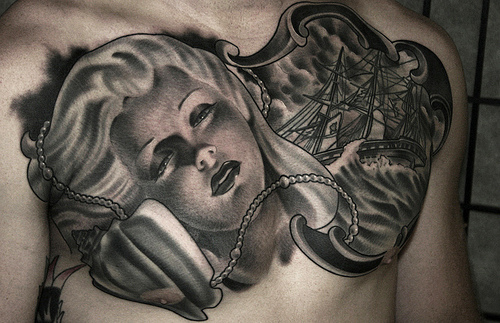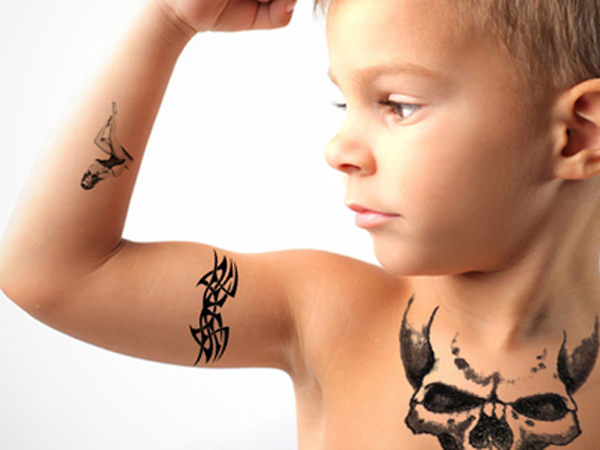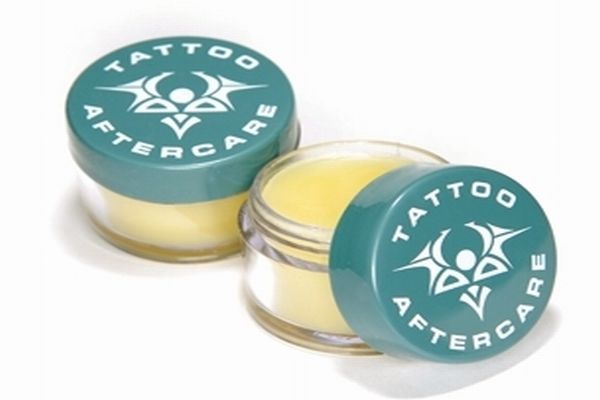
Nigerian body art has been a popular fashion statement not just with the natives but even for fashionistas across the world, who have an eye for such unique, traditional elements. Nigerian body art is practiced in different forms. The most popular and widespread is the traditional use of the dye preparation( Henna).
Nigerian body art is not just plain body decoration but it also has a social and religious significance attached to its existence and practice. Even though body art has a traditional connotation across many cultures, the Nigerian body art is something very distinct and has a tribal essence.
1. Use of henna
Henna is a plant extract which is commonly used across many cultures in the form of a dye for coloring the skin, hair etc. It is regarded as a beautification tool and is popular among woman. Henna is common along the northern parts of Nigeria. The reddish powder derived from the Henna plant is used as a dye and is applied on occasions that are special and hold some positive significance like a wedding.
Sometimes they may even apply it on the daily basis for reflecting a traditional mood. The henna preparation is generally adorned over the palms of hand, on the finger tips and even over the feet. Intricate designs are crafted on these body parts which add to the beauty of the rich color that this dye leaves behind. Designs add to the beauty of its application however its not mandatory to apply henna in a patterned form.
2. The Practice of scarification
Scarification of the body relates to intentional marking of the skin so as to form a particular design or pattern over it for social and religious purposes. Scarification in the Nigerian region is sometimes practiced by the use of welts to create raised marks over the skin. This practice can be painful depending upon the degree of scarification. Nigeria is popular for its scarification rituals which usually take place at certain celebrations or an occasion that holds a lot of significance like the birth of a child.
3. Social and religious significance
Nigeria is a tribal land and hence the practice of body art or marking has an immense social and religious significance in the lives of the natives. From birth till death they characterize every significant occasion with a particular form of body marking. Certain tribes across Nigeria consider designs created from Henna an essential desirability quotient among woman. This holds particularly applicable for the once who haven’t yet found a suitable match. Also weddings have the custom of henna application apart from the daily use.
A major part of the Northern segment along Nigeria composes of a Muslim population therefore western products that are common along the contemporary world for example nail paint etc are still out of access. On the other hand Henna application is very widely practiced and holds both spiritual as well as social relevance. Bodily scarification is also common however it is practiced mostly among the tribal people who do not refrain from physical pain.




